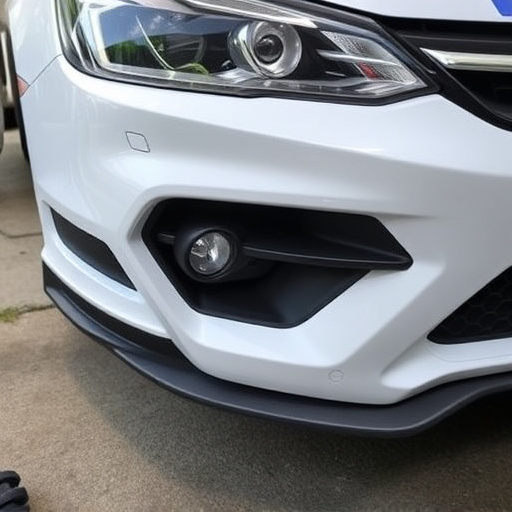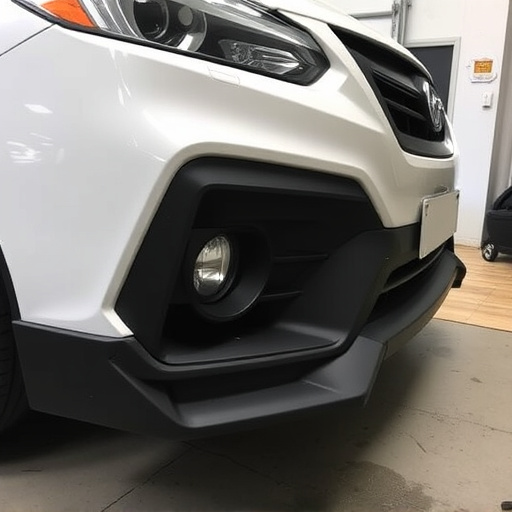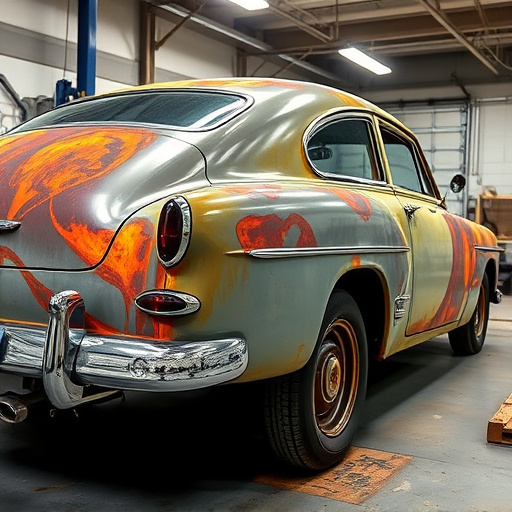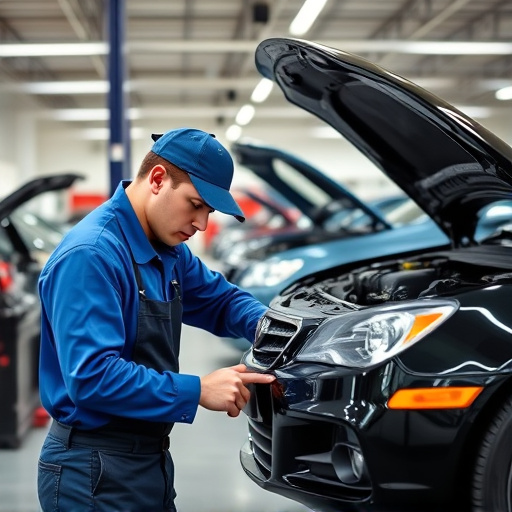Implementing environmentally safe repair practices in auto collision centers reduces worker risks by minimizing exposure to hazardous chemicals and particles, improving air quality, and preventing health issues like respiratory problems and skin irritation. These eco-friendly methods, including water-based paints and biodegradable materials, enhance workplace safety, foster sustainability, attract conscious consumers, and contribute to a healthier automotive industry.
In today’s digital era, adopting environmentally safe repair practices isn’t just about preserving our planet—it directly impacts worker health and safety. This article explores how eco-friendly repair methods reduce hazard exposure, promote employee well-being through sustainable solutions, and foster a robust safety culture. By embracing these practices, organizations can create safer work environments while contributing to a greener future. Discover strategies in reducing risks, enhancing productivity, and cultivating a positive safety ethos through environmentally safe repair.
- Reducing Hazard Exposure Through Eco-Friendly Practices
- Promoting Worker Health with Sustainable Repair Solutions
- Enhancing Safety Culture by Adopting Environmentally Safe Methods
Reducing Hazard Exposure Through Eco-Friendly Practices
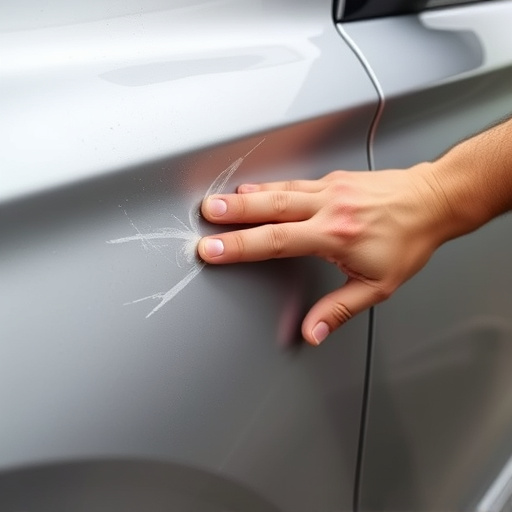
Implementing environmentally safe repair practices plays a pivotal role in mitigating risks for workers in auto collision centers and vehicle paint repair facilities. Traditional methods often involve hazardous chemicals, fumes, and particles that can pose significant health risks to employees over time. By adopting eco-friendly alternatives, these risks can be substantially reduced. For instance, using water-based or low-VOC (volatile organic compound) paints minimizes exposure to toxic fumes, enhancing worker safety and comfort.
Moreover, substituting harmful chemicals with safer options in auto repair services not only benefits workers’ health but also contributes to a healthier environment. This shift encourages the use of biodegradable materials and less toxic cleaning agents, creating a cleaner and more sustainable work environment. As a result, employees are less likely to experience respiratory issues, skin irritation, or other health complications commonly associated with traditional automotive repair practices.
Promoting Worker Health with Sustainable Repair Solutions

By adopting environmentally safe repair practices, car body shops can significantly enhance worker health and safety. Traditional vehicle repair often involves the use of toxic chemicals and hazardous materials that can expose employees to harmful fumes, dust, and other pollutants. These substances may lead to respiratory issues, skin irritations, and even long-term health conditions if not properly managed. On the contrary, sustainable repair solutions offer a safer alternative by utilizing eco-friendly products and methods. For instance, water-based paints and biodegradable solvents reduce the risk of toxic exposure, creating a healthier work environment.
Furthermore, environmentally safe repair techniques contribute to better air quality within car body shops. By minimizing the release of volatile organic compounds (VOCs), these practices help prevent the formation of hazardous gases. As a result, workers are less likely to experience symptoms associated with chemical sensitivities or respiratory distress. Promoting sustainable repair methods not only benefits individual health but also aligns with broader efforts to reduce the environmental impact of the automotive industry, making it a responsible and beneficial choice for both employees and the planet.
Enhancing Safety Culture by Adopting Environmentally Safe Methods
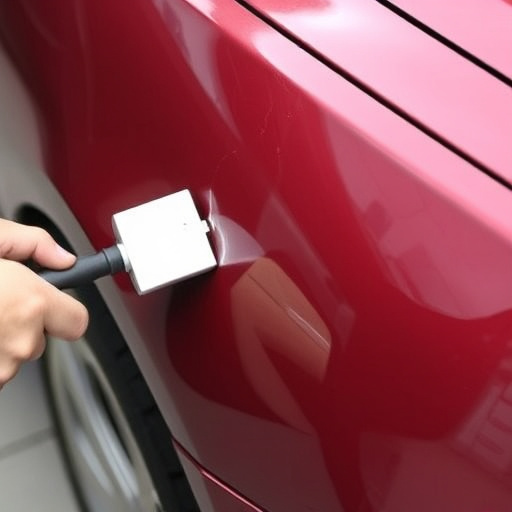
Adopting environmentally safe repair practices can significantly enhance a workplace’s safety culture. By prioritizing sustainability in their operations, auto body shops and automotive repair services can create a safer environment for both employees and customers. These methods focus on using eco-friendly materials and reducing hazardous substances, ensuring that the workspace is free from toxic chemicals commonly found in traditional automotive repair processes. This shift towards greener practices not only benefits the planet but also improves worker health by minimizing exposure to harmful fumes and pollutants.
In the realm of luxury vehicle repair, where precision and attention to detail are paramount, environmentally safe techniques can be particularly transformative. By embracing these methods, workshops can foster a culture that values safety without compromising quality. This approach not only attracts conscious consumers but also ensures that workers are protected, leading to increased morale and productivity. In light of these advancements, it’s evident that adopting sustainable practices in automotive repair services is a step towards a healthier, more responsible industry.
By adopting environmentally safe repair practices, companies can significantly enhance worker health and safety. Reducing hazard exposure through eco-friendly solutions, promoting sustainable repair options, and fostering a safety culture that values environmental responsibility all contribute to creating a safer, healthier workplace. These benefits not only extend to workers but also positively impact the broader community and ecosystem. Therefore, prioritizing environmentally safe repair is a crucial step towards a more sustainable and secure future for all.







